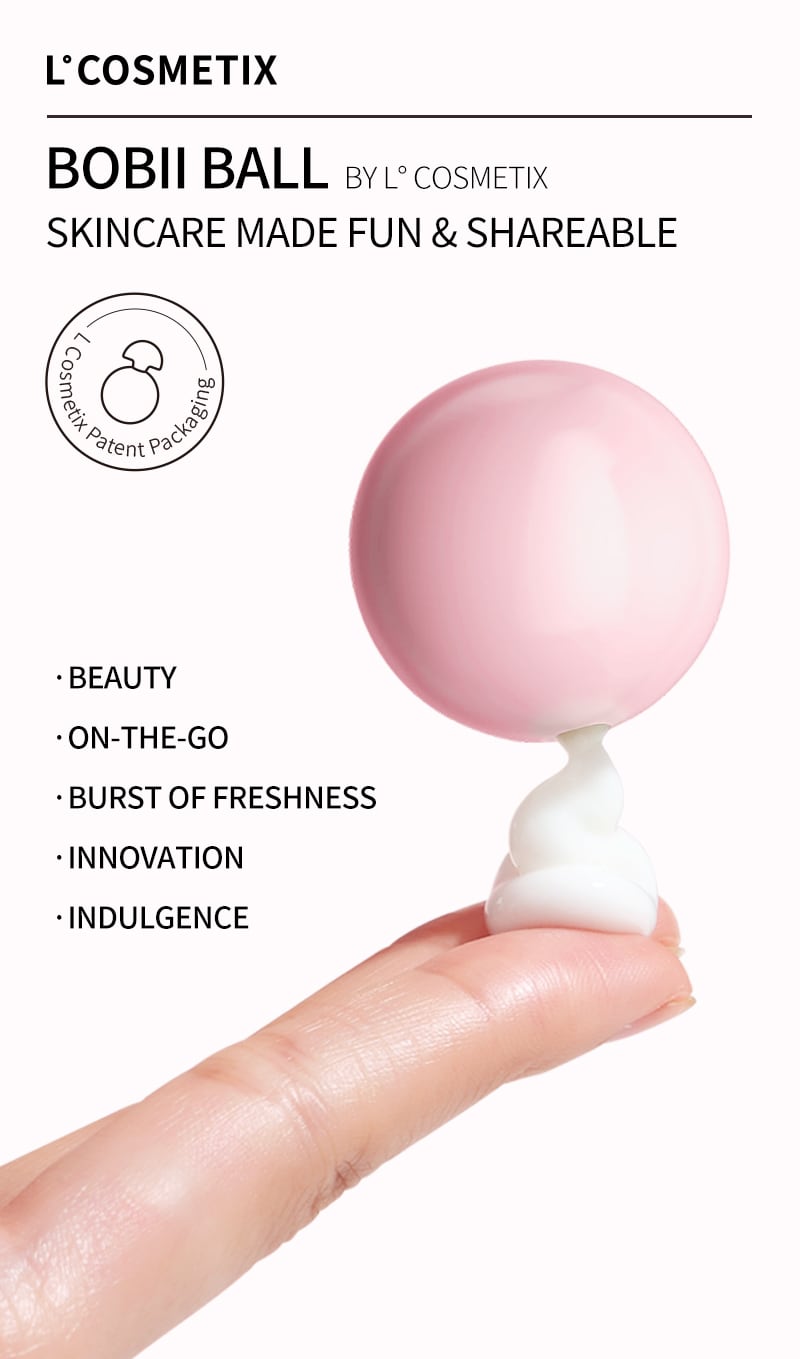Conducted by Jiangnan University and Guangzhou Huashi Cosmetic Technology, the study positioned dark tea extract as a potential natural active for skin brightening and PIH prevention.
The researchers made the dark tea extract by mixing tea leaves with purified water at 55°C for 30 minutes before filtering it. The extract was rich in natural antioxidants called polyphenols, with a concentration of about 5.46mg/mL.
Tests showed that it contained familiar tea compounds such as caffeine, theobromine, and epigallocatechin gallate (EGCG), along with other beneficial plant chemicals.
These ingredients are known to help reduce inflammation and protect cells — two important factors that influence how skin produces pigment. For manufacturers, this extract is simple to make, water-based, and easy to control for quality and consistency.
Reducing pigment production in melanocytes
The team tested the extract on melanocytes (cells that produce melanin) using mouse B16 cells and stimulating them to make more pigment. When treated with the dark tea extract, the cells stayed healthy, with more than 95% remaining viable.
At a concentration of 7.5μL/mL, melanin production dropped by 60%, and the activity of tyrosinase (the main enzyme that makes melanin) fell by 46%. As such, the extract made pigment-producing cells create less melanin, and slowed down the pigment-making process overall.
Calming inflammation after UV exposure
The researchers also tested keratinocytes, the main skin cells that respond to sunlight and irritation.
When exposed to UV light, these cells usually release signals that tell melanocytes to make more pigment, which leads to PIH or dark marks that appear after irritation or acne.
After UV exposure, the extract helped in several ways. It lowered inflammation markers IL-1α and IL-1β by 61% and 78%, and reduced pigment-triggering signals such as α-MSH, bFGF, and endothelin-1 by up to 89%.
This meant the extract helped skin cells calm down after UV stress and stopped them from sending “overreact” messages to pigment cells, suggesting it could help prevent dark spots before they appear.
How the extract works inside cells
The study also explored how the extract works inside cells. Normally, UV light activates a “stress alarm” system in skin cells called p38 MAPK while switching off a protective system called Nrf2/HO-1.
The dark tea extract reversed this effect: it turned down the stress signal and turned up the protective one. This balance helps explain why inflammation and pigment signals were lower — the cells stayed calm and better defended against UV stress.
In melanocytes, the extract also reduced the activity of several key genes that would typically drive melanin production, including MC1R, MITF, TYR, TYRP-1, and TYRP-2.
In other words, there were fewer receptors to receive “make pigment” signals, less of the master control switch for pigment and of the enzymatic machinery that builds melanin. In short, the extract slowed pigment production at multiple steps in the process.
Safety and product potential
Both tested cell types remained healthy up to 7.5μL/mL, showing a good safety window.
Higher doses did start to reduce cell health, so future studies will need to fine-tune safe levels for use in skin care products.
As it is a simple, water-based tea extract with well-known compounds, it could potentially be applied in serums, essences, and creams. Manufacturers can maintain quality by tracking key markers such as gallic acid, catechins, and quercetin.
The findings support two main claims — the extract reduces melanin production in pigment cells; and it calms inflammation and pigment-triggering signals in skin cells after UV exposure. These effects work through known protective and anti-stress pathways, including p38 MAPK and Nrf2/HO-1.
However, the study did not include human testing or finished skin care formulations, nor did it measure irritation, long-term safety, or compare results to other brightening ingredients. These will be important next steps for future research.
Implications for skin care formulators
For skin care brands and formulators, dark tea extract offers a gentle, natural way to help even skin tone. It supports both the prevention and correction of dark marks, and pairs well with other brightening ingredients like niacinamide, vitamin C, and tranexamic acid.
The researchers concluded: “These findings collectively validated dark tea extract’s dual actions in preventing pigmentation triggers and interrupting melanin biosynthesis pathways, demonstrating its skin-brightening efficacy and agents for the restoration of pigmentation disorder stabilisation. Dark tea extract with multi-target profiles represents a promising natural active ingredient for developing comprehensive brightening formulations.”
Source: Cosmetics
“Extracts from Dark Tea with Dual Effects of Anti-Melanogenesis and Prevention of Post-Inflammatory Hyperpigmentation”
https://doi.org/10.3390/cosmetics12050210
Authors: Duo Xiaoxiao, et al.




